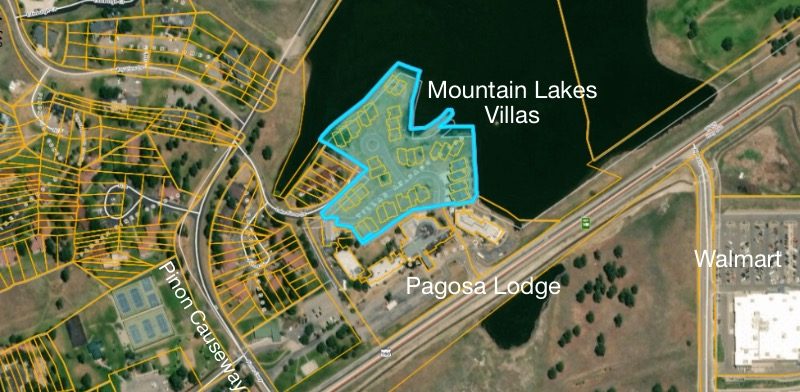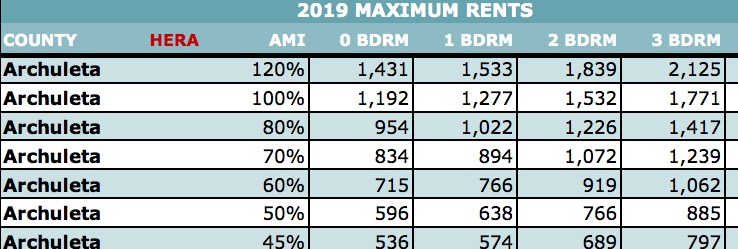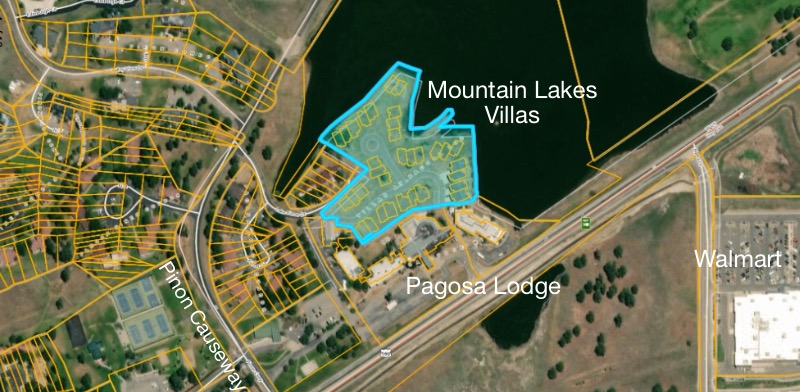The applicant has stated the reason for the requested increased density is to react to the current housing market conditions and to help accommodate workforce housing units…
— from the Town Planning Commission information packet, September 24, 2019
Following a vote at the Tuesday, September 24 Town Planning Commission meeting, a member of the community voiced her disappointment.
“I’m just going to say, I’m really disappointed in how you’ve listened to what [the adjacent neighbors] have said over these many meetings. I wouldn’t put trust in contractors, of what they might do. I’ve had experience in the past, with that not going right. I served on a school board in New York for five years, and I’ve had a lot of other board experience, and I know what you have to decide is difficult. But I think you’re not listening to us, the community that’s been around — I’ve had my place for 30 years — you’re not listening enough.
“I think you could allow a little bit of our concerns into your decisions.”
The disappointment, in this case, was related to a 2-to-1 vote by the Commission — Peter Adams, Peter Hurley and Chris Pitcher — to recommend an “R-12” zoning for a small subdivision called Mountain Lake Villas, located behind the recently remodeled Pagosa Lodge. (Commissioner Adams voted ‘No’.) The Town Council had previously voted to re-zone the subdivision as “R-12” but the September 24 decision concerned revisions to the Planned Unit Development (PUD) agreement that would guide the development.
The 5.5-acre subdivision was planned back in 2004 as a collection of 33 or so luxury town homes, but only four town homes were constructed… and then the project essentially went belly-up during the Great Recession. (I use the term ‘Great Recession’ optimistically, on the assumption that the next recession will not be even ‘greater’ than the last one. But if the recent pattern of Atlantic hurricanes is an omen of where our economy is also heading, that might be overly optimistic.)

Watching the development of housing on the long-vacant parcel next door can be a painful experience, and we shouldn’t be surprised when we hear complaints from residents who already own comfortable homes. Several other neighbors had testified at the Tuesday meeting, also asking the Commissioners to reduce the density recommendation, also believing that the neighborhood would be negatively impacted by the smaller, more affordable homes and condos being proposed by BWD Construction. The adjacent neighbors stressed the traffic congestion at the intersection of Pinon Causeway and Highway 160, and predicted that a dense, working class subdivision at Mountain Lake Villas would make the congestion unbearable.
The R-12 density — allowing 12 units per acre — was only one issue facing the Commission, however. The developers also wanted the Planning Commission to weigh in on the question of tax and fee incentives. How many units — of the 48 units currently in the plan — should be “workforce housing” in order to qualify for incentives from the Town of Pagosa Springs (TOPS), and possibly also from the Pagosa Area Water and Sanitation District (PAWSD)?
And assuming the “workforce” units are deed restricted, what should the duration of the deed restrictions be?
BWD had proposed two incentive scenarios:
Workforce Housing Option 1
- 12 units in the condo building (25%) of total development to be Workforce Housing (80 – 120% AMI based on CHFA AMI)
- TOPS to wave all fees for entire development
- PAWSD to wave CIF fees (water and sewer) for entire development
- Units to be deed restricted for 30 years
- 2 units dedicated as first right of refusal to PAWSD employees
- 2 units dedicated as first right of refusal to TOPS employees
Workforce Housing Option 2
- 5 units in the condo building (5%) of total development to be Workforce Housing (80 – 120% AMI based on CHFA AMI)
- Units to be deed restricted in perpetuity
- TOPS to waive all fees for entire development
- PAWSD to wave 50% of CIF fees (water and sewer) for entire development
- 2 units dedicated as first right of refusal to PAWSD Employees
- 2 units dedicated as first right of refusal to TOPS employees

The Commissioners discussed the project at considerable length before settling on a recommendation that the Council allow 12 units per acre, rather than a reduced density of 9 units per acre. But a recommendation to the other questions — number of “workforce” units that should then qualify the development for special incentives, and the duration of the deed restrictions — eluded the Commissioners.
Commissioner Pitcher: “We don’t know the details of what this means. I feel like there needs to be somebody who’s well-versed in [affordable housing incentives and deed restrictions] helping to guide this process. I feel a little bit blindsided on coming up with the details of a negotiation, or even coming up with guidelines, for that matter. We’re not yet well-educated in the details of affordable housing…
“This is getting into details and recommendations that I’m not comfortable making.”
Commissioner Hurley concurred, and the Commission made no attempt to recommend any particular percentage of “affordable” vs. “market-rate” housing.
But a member of the audience (me) asked the Commission to become familiar with “CHFA AMI” (Area Median Income) before making any future recommendations based on “80 – 120% CHFA AMI”.
CHFA is the Colorado Housing and Finance Authority, and they have established maximum rental rates based on each county’s AMI. Here’s a detail the CHFA “Maximum Rents” chart for 2019:

If we look at the “120% AMI” figures in this chart, we see that the maximum rent for a “0 Bedroom” — a studio apartment — is $1,431 a month. But here in Archuleta County, the average wage for an individual working in the hospitality industry is about $2,080 a month. The recommended maximum to be spent on rent — recommended by CHFA and HUD and nearly every housing organization I’ve come across — is 30% of household income. That amounts to about $625 for a typical individual working in one of our hotels or restaurants.
In the above chart, even CHFA’s 80% AMI “maximum rent” is well above that figure.
It appears that any ‘affordable housing’ project based on “80 – 120% CHFA AMI” would be unaffordable to a significant percentage of our work force. Even a beginning school teacher — blessed with a significant salary boost from the 2018 Mill Levy Override tax increase — cannot easily afford a rent above 80% AMI on the above chart. And that’s for a studio apartment. A two-bedroom apartment? Forget about it.
No wonder we have full-time workers camping in tents and sleeping in their cars.
We don’t yet know if the Town plans to use “CHFA AMI” as its guidelines for “affordable housing” incentives.
And we don’t know if any developers are inventive enough — and big-hearted enough — to build cozy, safe dwelling units that can rent for $625 a month.

